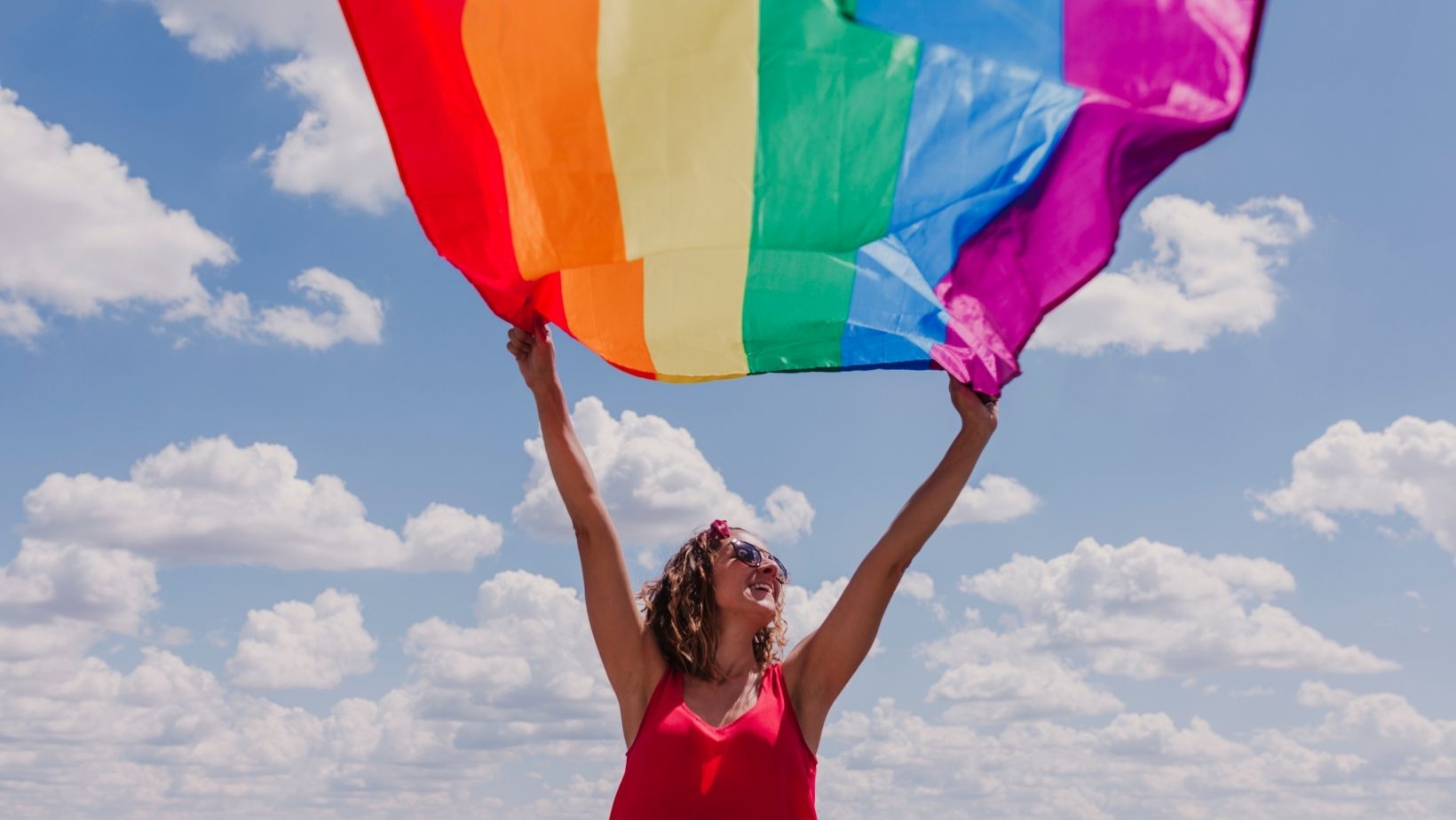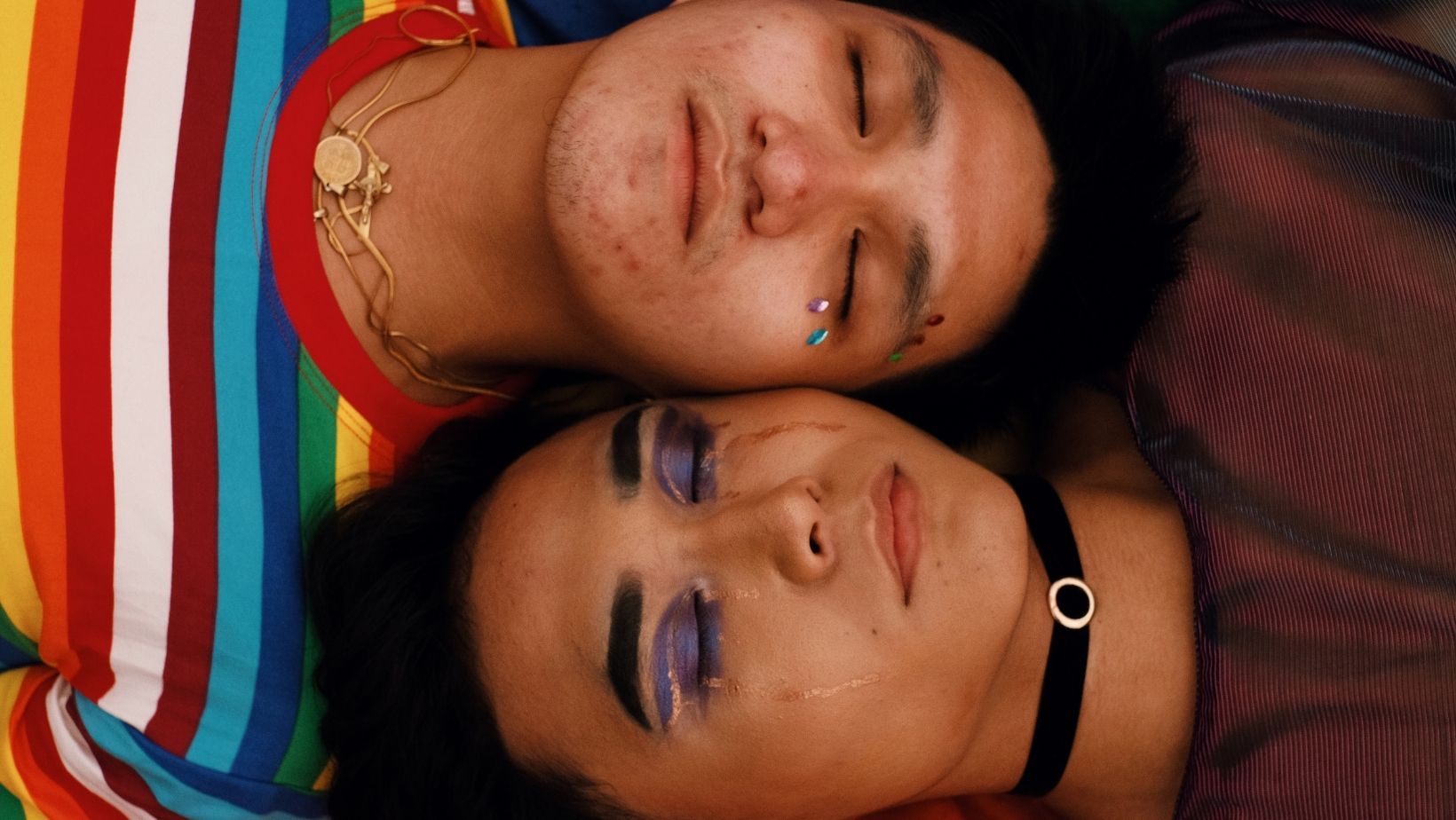How to Create an Inclusive Mental Health Practice for the LGBTQ community

The post is developed in partnership with BetterHelp.
If you’re a mental health provider, creating an inclusive practice for those in the LGBTQ community may not come as second nature to you. Talk therapy and other types of therapy are effective methods of healing mental health concerns, worries, and more. Being able to provide these helpful methods to a large community of people is extremely valuable.
If a person in the LGBTQ community doesn’t feel safe or heard in your practice, they will likely take their business to someone else. They may even develop anxiety or fears about seeing a therapist if they feel that therapy is not inclusive or open to them and their identity.
Let’s take a look at some ways you can make your practice more open, accepting, and inclusive to those in the LGBTQ community.
Add a Safe-Space Sticker
It’s a simple step, but it can make all the difference. Adding a safe-space sticker, a rainbow flag, or a human rights sticker outside your office can show that your office is a safe space for an LGBTQ client.

If they see your sticker, they will feel that they can be open to you about their identity and sexuality. If you don’t have a sticker, they may be scared to bring it up out of fear that you are not an ally or part of the community yourself.
If you are part of the LGBTQ community, make that known. Add your own identity flag outside your door or on your desk.
Disclose Your Pronouns
Always add your pronouns in any correspondence you have with potential clients and in online areas where your name is listed. Pronouns aren’t inherently LGBTQ. Everyone has pronouns. They are simply what we feel most comfortable being identified as. If you use “she/her” pronouns and you are a cisgender woman, you should still add your pronouns to your name.
Adding pronouns shows LGBTQ patients who have alternative pronouns that it’s okay and normal for anyone of any gender and sexuality to use them. It can make those with “they/them” pronouns also feel more comfortable in your space. Remember to not call your pronouns “the normal pronouns” or “female pronouns,” as these are subjective statements and don’t actually accomplish what you’re trying to say.
Take a Class
If you feel like you are still unsure about LGBTQ topics in a mental health setting, it’s a good idea to take a class. There are many classes available on inclusivity, mental health in LGBTQ youth and individuals, and learning about the statistics of mental health conditions in the LGBTQ community.
Being educated about a group you’re not a part of it is the best way to offer support to that group. If you understand the terminology and issues someone faces on a basic level, you will be more fit to be their therapist. You may also want to take a class for other minority groups, such as Black and Indigenous people of color and other racial minorities, as these identities can heavily intersect with LGBTQ identities.
For example, hormone therapy in transgender adults and adolescents decreases the risk of suicide, depression, and anxiety. This study is so important because it shows how LGBTQ identity can be connected to mental health.
Be Open About Your Identity
Be open about your own LGBTQ identity if you are part of the community. You can mention small bits of your life, like if you’re married to a woman as a woman. Mentioning these things can help your lesbian or bisexual women clients feel seen and heard.
You don’t have to be extremely open to the point of creating a non-professional relationship. You should just foster safety by being a healthy role model in a professional setting.
Don’t Be Homophobic or Transphobic
If you are someone who has religious or political beliefs that make you feel against the LGBTQ community in any way, you should never bring this up to any client. As a professional, your job is to help those who come to you for help. Personal biases are not supposed to be allowed in mental health practices.
If you have extreme disdain for the LGBTQ community, you should let potential clients know that they’d most likely do better with another therapist (without stating the reason). It’s best not to subject them to more potential hurt in their lives. You should also consider taking a class on inclusive mental health care.
Offer Resources for the LGBTQ Community
Finally, offering resources to those in the LGBTQ community that come to you for help is such an important step. Researching what is available in your area will help you help them. If there is an LGBTQ community center, AIDs testing center, community get-togethers, and other functions/groups, add a list of them on your door or as a brochure for people to take.

LGBTQ resources are much different than regular resources in that they give people in the community a sense of community and family. Since many LGBTQ people lose their families after coming out, having these resources available will help them feel less alone.
Conclusion
If you’d like to learn more about creating an inclusive mental health practice, check out BetterHelp. They’ve got a huge online database of mental health information and information about starting a practice online.
Remember that inclusivity can help those in the LGBTQ community feel safe, which in turn can reduce suicide rates in your community. That’s why it’s so essential to make sure you’re doing your part.



